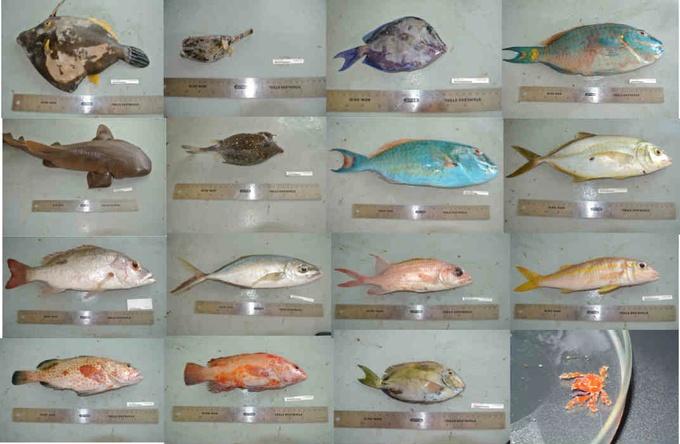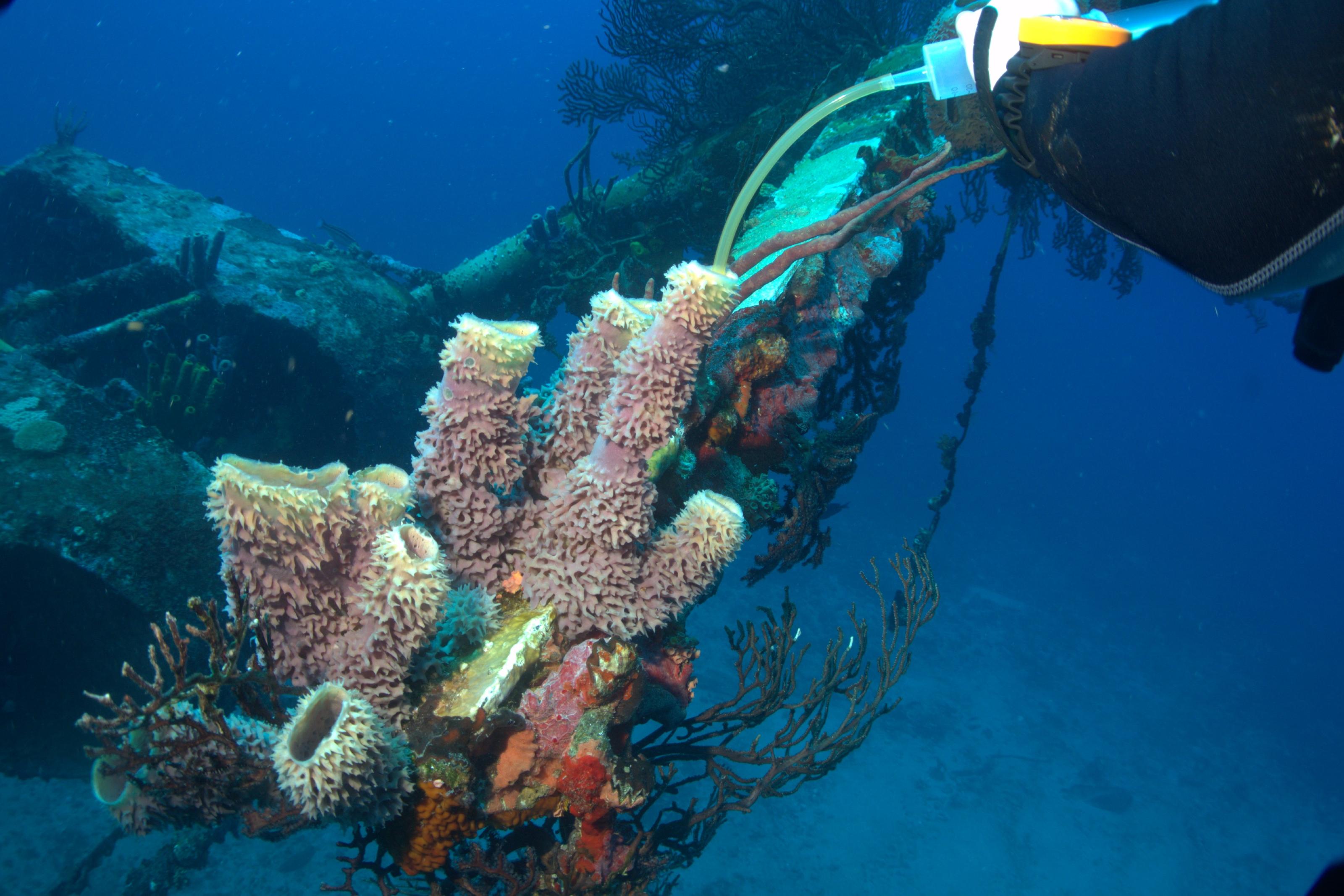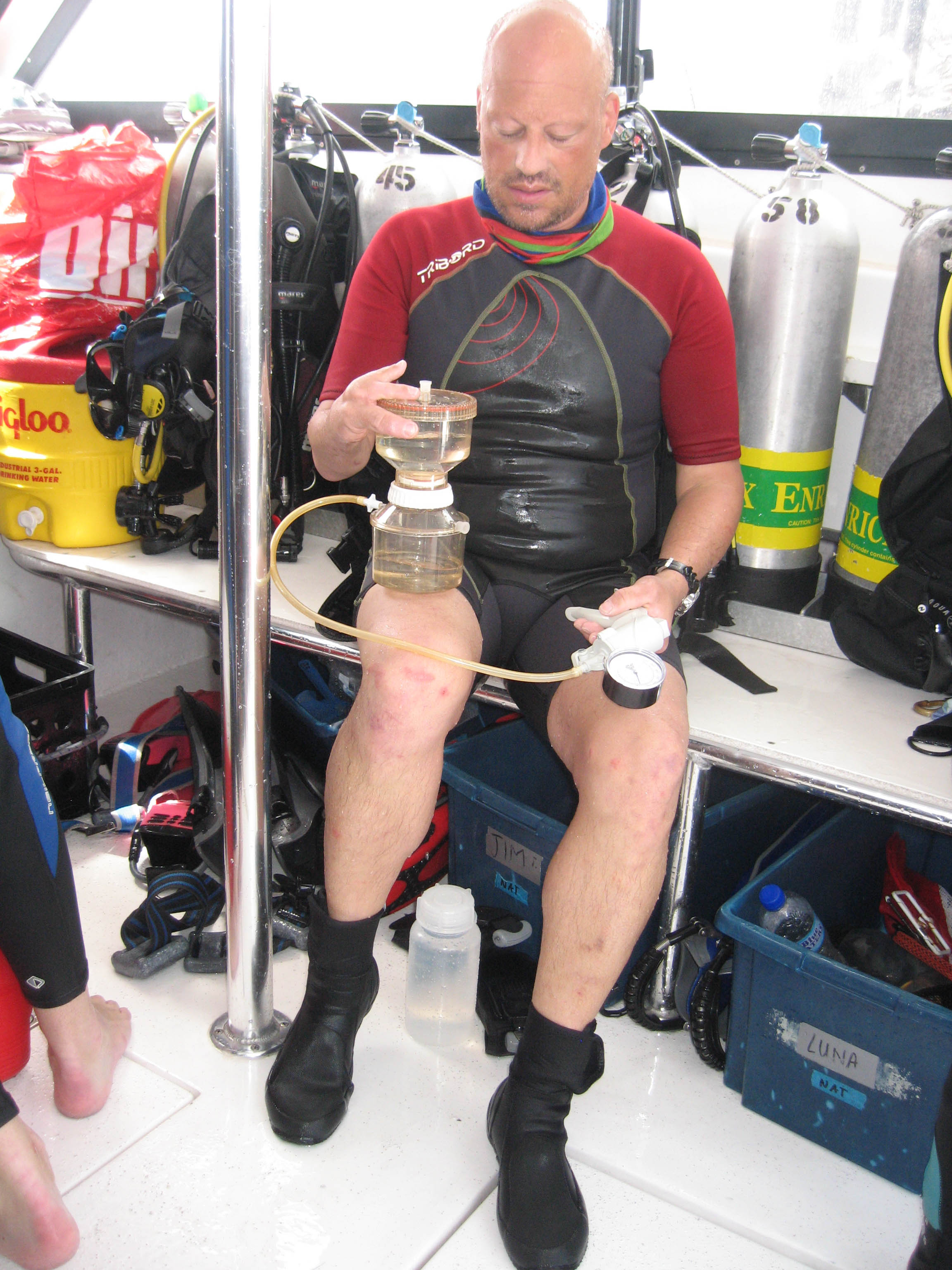
We are on a three week expedition on St. Eustatius. This sound great and exciting, which it is, but why are we doing this? What do we do with the species we find?
Barcoding Statia
To enrich our knowledge about Dutch biodiversity in the overseas territories we perform a barcoding project embedded in the baseline biodiversity measurements on the Island of Sint Eustatius. A DNA and a tissue collection is set up for future DNA analysis. Barcode sequences are determined from selected species to make a DNA based reference database of the biodiversity of the island (S-BOLD). This reference library can be used for future monitoring.
Below water we collect marine invertebrates. DNA will be extracted from the collected samples for long-term preservation and, if possible, also tissue will be stored. The aim is to acquire as many DNA samples as possible for future research whilst the more costly process of barcoding can be performed on fewer samples answering the current questions.
eDNA sampling for metabarcode analysis
Modern techniques like metabarcoding of CO1, ITS and matK of environmental DNA by next generation sequencing enables us to analyze total biodiversity in a given dimension and time point. Meta-analysis of eDNA data enables us to relate diversity, interactions and community changes through different dimensions and time. At Statia we will assess below-surface biodiversity. These biodiversity assessments can be set up for human impact studies on fragile islands and coastal waters in general. The main scientific question lies in the discovery of new species and interactions between communities. Marine sediments are sampled with cores and in the water column by filtration. In addition, filter-feeding invertebrates that attract eDNA are collected.
Fieldwork
My program of the day is making 2 dives in the morning in which water and sediment samples are taken. Like most divers, I monitor the environment, take pictures and maintain a presence-absence list of a selection of species. Filtration of water samples for eDNA analysis are done on the boat. Upon arrival we have lunch and after which we return to the lab for further processing and preservation of the samples. I also assist in subasampling of collected species. After dinner I do administration of the samples, photographs, presence absence list and regular work email. Furthermore I support people in their administration for the subsampling. From each subsampled voucher we have an insitu photo or a lab photo plus environmental data. To arrange this for 20 people requires some tight organisation. We get up at 6 am and the dive briefing starts at 8 am. I hit the bed at 23 pm when some other people are still working in the lab. This field trip is a very inspiring experience and also a complex enterprise. But for the barcoding program and eDNA analysis we think we have a optimal protocol put in place during this expedition. We thank our expedition members for their support.

Written by Arjen Speksnijder, Head of laboratories
06-22-2015
